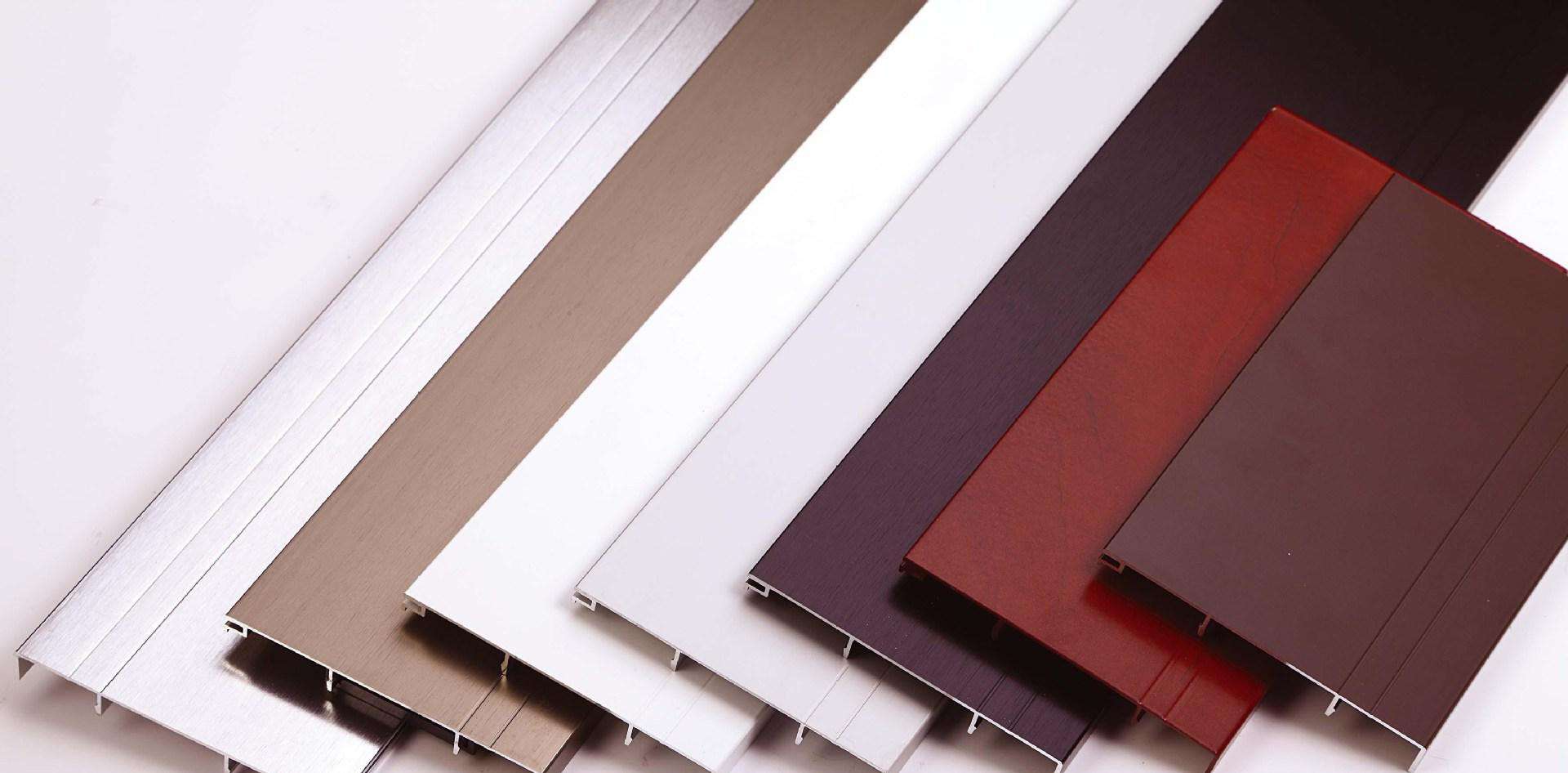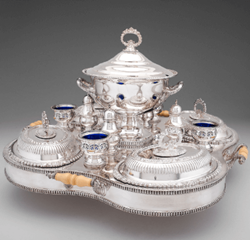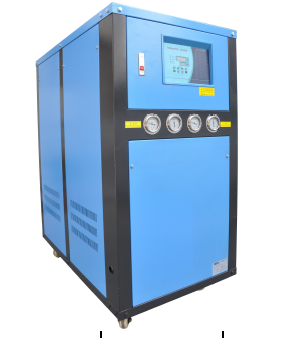Aluminum is a kind of active metal. It has a strong affinity with oxygen. It is easy to form a thin and dense oxide film on the surface in the atmosphere. If the oxide film is not removed, the adhesion of the plating layer to the base metal is seriously affected. The silver-plated layer has excellent properties and is widely used in the field of decoration and manufacturing of electronic and electrical components [1]. The traditional silver plating solution uses highly toxic cyanide, which is very polluting to the environment. With the continuous improvement of environmental protection requirements, cyanide silver plating will be eliminated. This paper introduces a cyanide-free silver plating process for aluminum alloys. This process can be used to obtain a coating with good bonding strength.
1 aluminum alloy silver plated
1.1 Test materials
The material used in the test was 5052 aluminum sheet (Al-Mg-Si alloy), and the mass fraction of its main components was: Si 0.4% to 0.8%, Cu 0.15% to 0.40%, and Mg 0.8% to 1.2%. Al balance. The sample size is 25 mm × 25 mm × 2 mm.
1.2 Process
Degreasing→water washing→alkaline etching→hot water washing→water washing→lighting→water washing→second zinc immersion→descaling→water washing→secondary zinc immersion→water washing→alkaline electroless nickel plating→water washing→acid electroless nickel plating→water washing→no cyanide Copper plating→water washing→pre-silvering→water washing→silver plating→water washing→drying
2 main process description
(1) Degreasing:
Sodium carbonate 15-20 g/L, sodium bicarbonate 5-10 g/L, sodium pyrophosphate 10-20 g/L, sodium silicate 1-2 g/L, 40-70 °C.
(2) alkali etching
The purpose of alkali etching is to remove the oxide film on the surface of the aluminum alloy, to obtain the ideal micro-roughness, and further degreasing to enhance the bonding force of the coating [2]. BNC-9930 ~ 60g / L, 30 ~ 50 ° C, 0 ~ 180s.
(3) Light
After alkali etching, a gray film composed of alloying elements such as silicon and copper remains on the surface of the aluminum alloy. This layer of film can be dissolved by the light-emitting treatment to expose the aluminum alloy to the active aluminum-rich surface [3]. BNA-99200~250mL/L, nitric acid 250~300mL/L, phosphoric acid 380~400mL/L, hydrofluoric acid 30~50mL/L, room temperature, 30~60s.
(4) zinc immersion
The secondary zinc immersion process can improve the adhesion, uniformity and corrosion resistance of the subsequent coating [4]. TribonII cylinder opening agent C-2400 ~ 600mL / L, TribonII cylinder opening agent A-38 ~ 12mL / L, room temperature, 30 ~ 60s.
(5) Dezincification:
Nitric acid 500mL / L, room temperature.
(6) Alkaline electroless nickel plating:
Nichem1111A40mL/L, Nichem11118150mL/L, 29-35 ° C, 5-9 min.
(7) Acidic electroless nickel plating:
NITECEN 115A 60 mL/L, NITECEN 1158180 mL/L, 84-92 °C.
(8) Copper plating:
copper sulfate 195-255 g/L, sulfuric acid 27-38 mL/L, UltraA brightener 0.4-0.6 mL/L, UltraB brightener 0.3-0.6 mL/L, 20-30 °C.
(9) Pre-plating silver:
thiourea 200 ~ 220g / L, silver nitrate 15 ~ 18g / L, room temperature.
(10) Silver plating:
silver nitrate 40 ~ 50g / L, 8010 compound complexing agent 350 ~ 450g / L, 8019 stabilizer 40 ~ 50g / L, Meier80110 ~ 12mL / L, Meier80210 ~ 20mL / L, room temperature.
3 coating performance test:
3.1 Appearance: The appearance of the coating was evaluated by visual inspection. Observe the color, uniformity and whether there are peeling, bubbling, pitting, burning, etc. on the surface of the coating.
3.2 Binding force: The sample is placed in an oven at 200 ° C for heat preservation. After being taken out, it is immediately placed in water at 18 to 25 ° C to be cooled to check whether there is peeling or bubbling.
4 Factors affecting the performance of the coating:
4.1 Pre-treatment: The pre-treatment and electroplating of the aluminum parts should be carried out by using aluminum wire to prevent the other materials from contaminating the solution, resulting in incomplete degreasing and partial over-corrosion of the aluminum parts. Pay attention to the temperature and time of degreasing, the temperature is low, the time is short, and the degreasing is easy to be caused; the temperature is high and the time is long, which is easy to cause excessive corrosion of the aluminum parts. The time interval between the processes is short to prevent the surface layer of the aluminum from being oxidized and affecting the adhesion of the coating.
4.2 Nickel plating: The nickel layer can be well bonded by two-step electroless nickel plating. In the operation, attention should be paid to the temperature and pH of the nickel plating solution. When the temperature is too high and the pH is too low, the reaction is too fast, which may lead to loose coating or self-decomposition of the solution.
4.3 Copper plating: The effect of copper plating has a great influence on the appearance and bonding force of the subsequent silver plating layer. Pre-silver plating requires copper on the surface of the part. Therefore, sufficient time is required for copper plating to ensure a thick copper plating layer, and a silver plating layer with good bonding strength is obtained after silver plating. The brightness of the copper plating layer directly affects the brightness of the silver plating layer. Therefore, attention should be paid to the operating temperature and the amount of brightener used when plating copper.
4.4 Silver plating: The thiourea in the pre-silvered solution is very easy to poison the silver plating solution. Therefore, the silver-plated parts should be rinsed before silver plating. The complexing agent of the silver plating solution is a sulfur-containing compound. If the cleaning is not clean, the silver plating layer is easily discolored. Therefore, after silver plating, the rinsing is enhanced to obtain a clean silver plating layer.
5 Conclusion: After the secondary zinc immersion treatment, non-cyanide copper plating, cyanide-free silver plating and other operations, the silver plated layer with bright and good bonding strength can be obtained. The cyanide-free silver plating process of aluminum alloy is complicated, and must be carefully operated in strict accordance with the requirements of the process.





